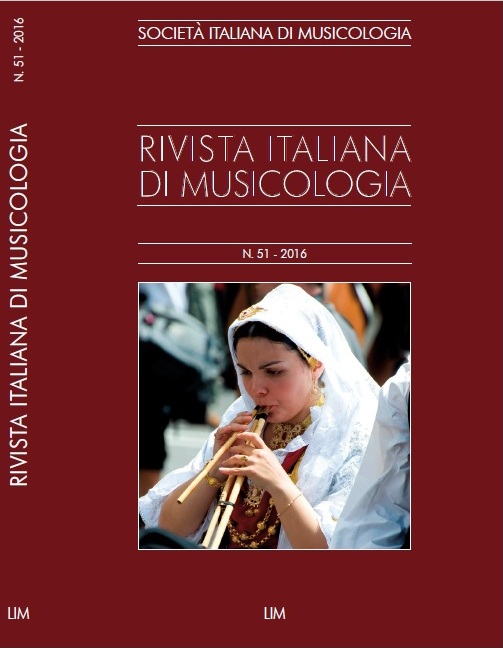Oltre Bernardino piffaro: strumentisti a fiato alla corte di Mantova tra XV e XVI secolo
Abstract
As was common in the 16th-century European courts, the Gonzagas of Mantua exploited musicians in order to strengthen the image of their nobility and power. Wind instruments played a significant role within this context and the player Bernardino Piffaro, highly respected for both his technical skills and personal qualities, constitutes the most notable figure. Besides, it is also worth noting the reliability and confidence that the aristocrats placed on these musicians by entrusting them with various types of assignments which often included diplomatic ones.
This was e.g. the case of the so-called “trombetti”, testifying, due to the delicate and complex nature of the tasks they were entrusted with, their necessity to possess not only musical qualities, but also a certain cultural background and excellent dialectical skills. The article will focus on these musicians’ peculiar biographies and features during the period spanning from the 1580s to the beginning of the following century. The results here presented cannot be considered complete and definitive, mostly because the musicians were numerous and constantly on the move; however, it is possible to acquire a broader view of many aspects of their lives, from both a musical and personal point of view. Finally, after some remarks about other wind instrumentalists involved in coeval secular and sacred events, the article focuses particularly on two “trombetti”: Pietro called “Rospo” [Toad] and Galasso.


